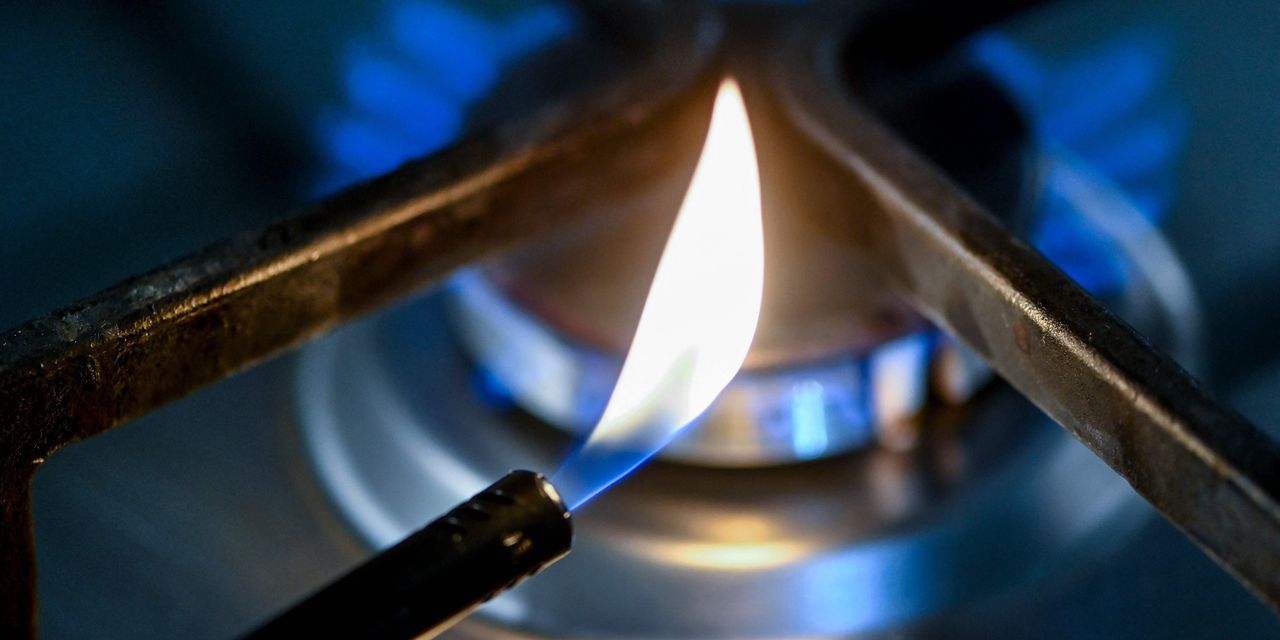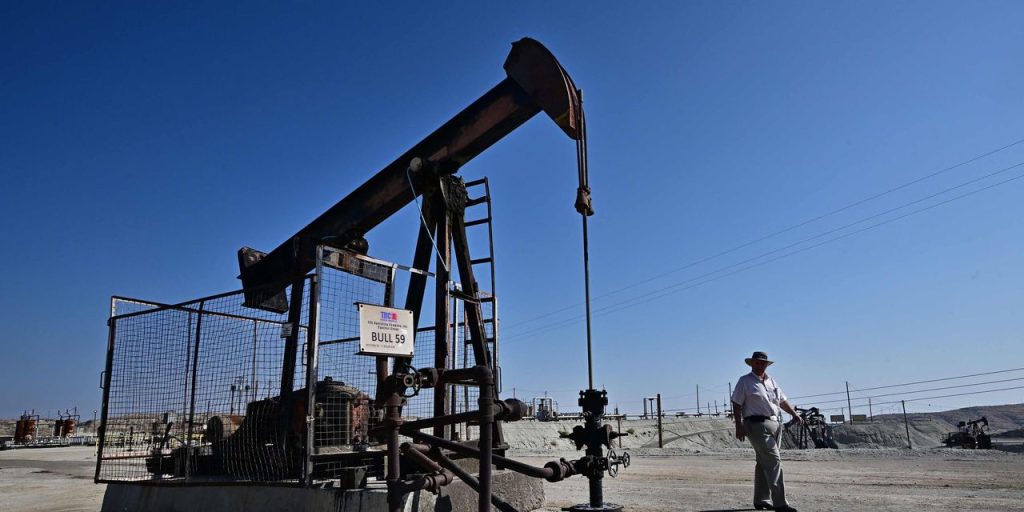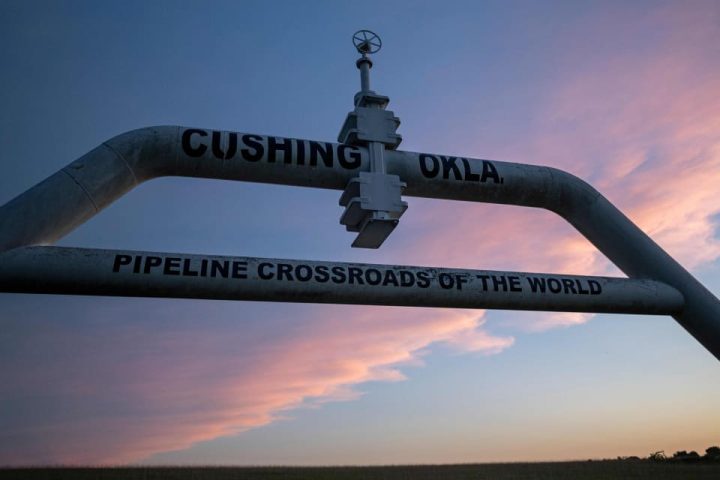Natural-gas prices posted a gain of 22% in October to erase around half of their year-to-date decline, with traders assessing the fuel’s demand outlook as the market heads into the winter heating season.
On Tuesday, the front-month December natural-gas futures contract
NGZ23,
NG00,
settled at $3.58 per million British thermal units, up 22 cents, or nearly 6.7%, for the session.
Prices based on the front month tallied a climb of 22.1% for the month, the biggest monthly rise since June, when prices rallied by more than 23%, according to Dow Jones Market Data. The monthly rise helped cut the year-to-date loss to 20.1%.
The bottom for natural-gas prices is “in the rearview mirror,” said Pavel Molchanov, analyst at Raymond James. “It is very hard to imagine gas prices during the winter months coming back down towards their mid-2023 lows.”
Prices have gained traction, posting gains in four of the last five months. Back in late May, natural-gas futures were trading down by nearly 50% year to date.
Early year “price erosion was due to the extraordinarily mild winter weather” for most of the country, which left the U.S. with a significant surplus of gas in storage to start the spring, Gary Cunningham, director of market research at Tradition Energy, told MarketWatch.
That trend continued until around June, when extreme heat hit Texas and drove power generation consumption of natural gas in the southwest to well above normal, he said.
That increase consumption in Texas combined with increasing flows of natural gas into liquefied natural gas export terminals, helping to support prices, said Cunningham.
Heading into the 2024, however, “it is increasing clear that U.S. gas supply is plateauing,” said Raymond James’ Molchanov.
The Marcellus Formation, which the Energy Information Administration refers to as the largest shale-sourced natural gas-producing formation in the U.S., “has takeaway constraints and is essentially in maintenance mode,” he said. Pipeline capacity constraints have been a key issue in the region for years.
Meanwhile, the drilling rig count in the Haynesville shale play has “dropped more than any other basin and also contains the highest base decline rate,” said Molchanov. Associated gas supply from the Permian is still growing but “less than expected,” he said.
In the short term, weather is “always a wild card,” said Molchanov.
“The reality of climate change is such that, in general, summers are becoming hotter and winters becoming milder,” he said. Still, it’s “certainly possible to have a period of colder-than-normal winter weather that would lead to a temporary jump in gas prices.”
Cunningham pointed out that some overnight weather forecasts were revised colder, leading to rally for natural-gas prices Tuesday.
The biggest change among some forecasts was a reduction in the above-normal temperatures expected to blanket the Rockies in the coming weeks, but there were also shifts cooler for the natural-gas sensitive northeast for the 11 to 15 day outlook, he said.
The forecast change was “nothing extreme, but it was all the catalyst the bulls needed to send short sellers running for cover,” Cunningham said.
For 2024, Raymond James anticipates higher natural-gas prices, said Molchanov, with its 2024 forecast for Henry Hub natural-gas prices at an average of $4 per thousand cubic feet. A thousand cubic feet is roughly equal to 1 million British thermal units.
Higher prices would be “needed to stimulate more supply growth or cause demand erosion, or both,” he said.
Read the full article here







